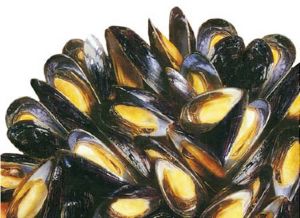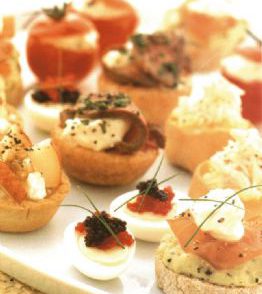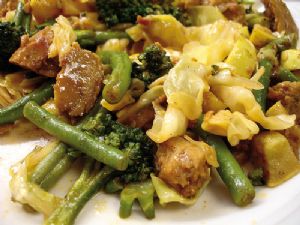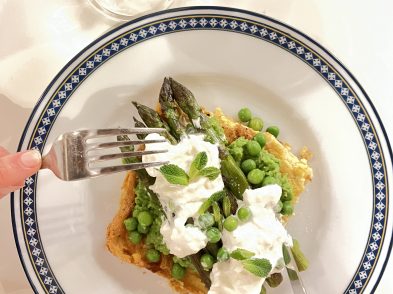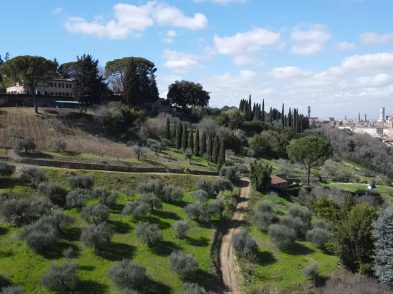Autumn is my
favourite time of year. The climate is just right, everything looks really
lovely-the leaves on the trees, the morning mist, even the quality of the light
is something special-and it’s time to start thinking about food that will warm
you up as well as fill you up.
Fortunately, a lot of great food comes into season about now.
Principally, you’ll find butternut squashes and (gasp!) pumpkins in the shops.
More on them in a minute or two. You should also keep your eyes open for
Romanesco cauliflower. This is the pale-green, fractal-looking variety, one of
the tastiest vegetables on the planet and certainly one of the best-looking.
It’s best enjoyed blanched until the stem is just about soft enough to cut
into, leaving the florets al dente. Alternatively, you can try the cauliflower
bake suggested on this page. If you’re clinging to the summer notion of salads,
cook the cauliflower in boiling water until it starts to become soft, refresh
it in ice-cold water and serve it with a little red wine vinaigrette, some
capers, red onion and olives.
Back to
pumpkins and squashes: they’re incredibly versatile. They can be curried,
either in a tomato-based sauce or in coconut milk with Thai-style spices like
galangal, ginger, lime leaves, chilli and garlic. You can add them to mashed
potato as a side dish or use them to top oven-baked dishes. Roasted and added
to risotto, they’re lovely. You can also make soups out of them. Plus, you can
carve the pumpkins’ shells into terrifying Halloween jack-o-lanterns. Truly,
they are the gourds that keep on giving.
If you do
decide to make soup out of pumpkin, try adding a couple of crushed juniper
berries. Sage also adds a lot of flavour. Sweat chunks of the pumpkin with an
onion and a clove of garlic in a little olive oil, and as they’re starting to
soften, add chicken stock. Liquidise with a hand blender when the pumpkin is so
soft that it starts to break apart. You can also fry a little pancetta (in lardons) and put this into the soup when you serve it.
Autumn is the tail end of the porcini mushroom season. Although these
delicious funghi aren’t cheap, they go a long way. If you make them into
a sauce with milk or cream and a light roux (cooked flour and butter) with some
onion, they can be added to baked vegetable or pasta dishes as a light, creamy
layer packed with flavour. They are delicious in risottos and on pizza, but
fried with parsley and garlic, in tiny chunks, they also contribute a lot of
taste and texture to other filling, starchy dishes like couscous and pilaf.
If you’re in
the mood for light, oven-baked dishes, you can use lentils as a base and work
around them. Cook onion, tinned tomatoes, peppers, lentils, beans and spinach
in vegetable stock and tomato juice until all ingredients are tender and have
formed a thick stew: top with mashed potato and bake in the oven until the top
begins brown. Serve with brown bread and some steamed green beans or broccoli
for a warming autumnal dinner.
Ingredient of
the fortnight: sweet potatoes
First, they’re not actually potatoes. Second, they’re also known as yams
in certain parts of the world. Third, they’re starchy, inexpensive, and tasty,
and make a very good accompaniment to or central ingredient of your dinner.
They take less time to cook than potatoes, but otherwise can be treated
very similarly. For example, you can curry them, as you would a standard
potato-tomato and spinach-based sauces work well, and ginger accompanies the
sweet taste, as does chilli. They can be baked, cut into wedges or chunks and
roasted, steamed, or boiled: served in chunks or mash them. Added to mashed
potato, they contribute colour and sweetness. If you bake sweet potatoes,
scrape the flesh out of the skin and puree it. Add sugar, spices such as
cinnamon, ginger and nutmeg, and a binding agent like egg, and use it to fill pies
and tarts. Omit the sugar, add herbs instead, and stuff pasta with the sweet
potato mash.
Recipe: Autumn
cauliflower bake
2 medium Romanesco cauliflowers,
cut into florets
600ml milk
1 onion
1 bay leaf
1 clove
50g flour
50g butter
75g hard cheese such as Grana
Padano, grated
20g breadcrumbs
1 Bring a large pan of water to the boil. Add the cauliflower florets,
and simmer for 8 minutes. Drain, and refresh under cold water. Set aside.
2 Peel the onion, and wash it. Stick the clove through
the bay leaf and into the onion, then place into a saucepan with the milk.
Bring this to a simmer on a low heat and then heat gently for five minutes or
so. Remove the onion, leaf and clove, and pour the milk into a jug or bowl and
set aside.
3 Melt the butter in a pan over a medium heat, and then
add the flour and stir well. When it is starting to cook (it will turn a pale
golden brown and start to smell like biscuits) add the milk, slowly, stirring
all the time with a whisk to ensure that no lumps form. The sauce will thicken
and become smooth and glossy.
4 Add 50g of the cheese and melt this into the sauce. Do
not bring to the boil. As soon as the cheese has melted, remove the pan from
the heat.
5 Arrange the steamed cauliflower florets tightly in an
oven dish, pointed ends facing upwards. Pour the sauce over them. Mix the
remaining cheese and breadcrumbs, and sprinkle this over the top.
6 Place in an oven at 200 degrees C for 20 minutes, or
until starting to brown on top. Serve.

